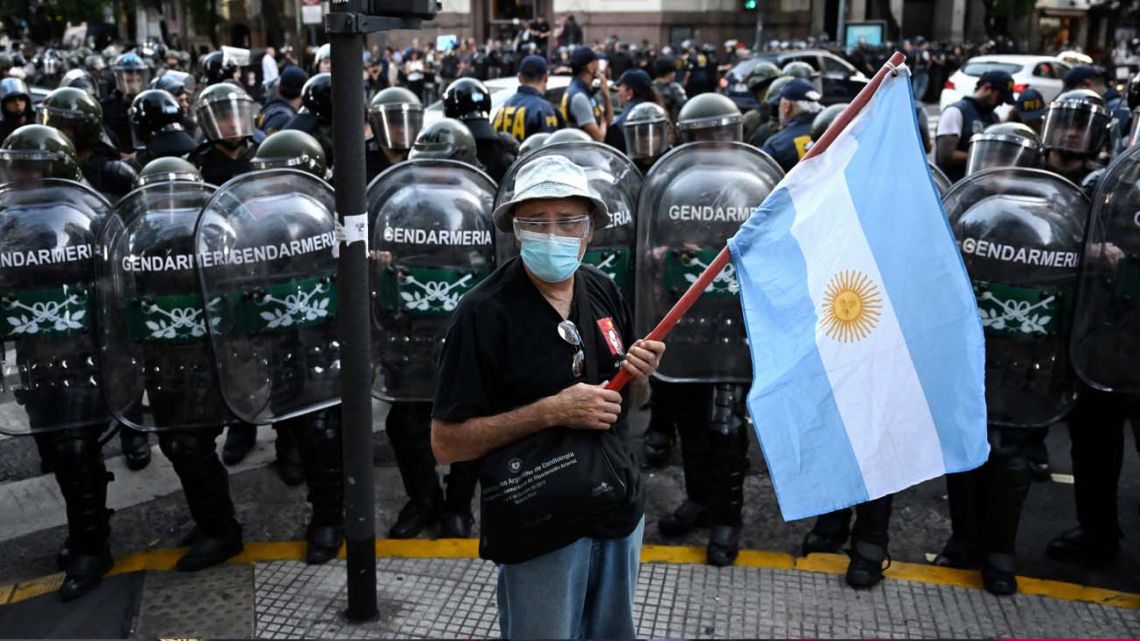Brazilian markets face a critical day today, shaped by key domestic and international economic releases that will provide deep insights into economic activity, service sector health, and global trade dynamics amid ongoing U.S. tariff pressures.
At 09:00 AM (BRT), the S&P Global Composite PMI for March (previous: 51.2) will offer a broad snapshot of Brazil’s private sector activity, blending manufacturing and services.
A reading above 50 signals expansion, critical for assessing economic momentum as Brazil navigates tariff-related export risks. At the same time, the S&P Global Services PMI for March (previous: 50.6) will zero in on the services sector, a key growth driver.
Marginal gains or slips here could sway investor confidence in domestic demand resilience, especially with global trade tensions looming. These indicators matter significantly as they reflect Brazil’s ability to sustain growth amid external pressures, influencing Central Bank policy and currency stability.
Globally, at 08:30 AM (EST) / 09:30 AM (BRT), U.S. Initial Jobless Claims (consensus: 227K, previous: 224K) will signal labor market health in Brazil’s largest trading partner. Rising claims could hint at softening U.S. demand for Brazilian exports, impacting commodity prices and the real.
 Brazil’s Financial Morning Call for April 3, 2025. (Photo Internet reproduction)
Brazil’s Financial Morning Call for April 3, 2025. (Photo Internet reproduction)Also at 08:30 AM (EST) / 09:30 AM (BRT), the U.S. Trade Balance for February (consensus: -121.50B, previous: -131.40B) will reveal trade flow trends, crucial for gauging how Trump’s tariffs—unveiled yesterday—affect bilateral trade with Brazil.
Finally, at 19:30 PM (BRT), Japan’s Household Spending (YoY) for February (consensus: -0.7%, previous: 0.8%) will shed light on consumer demand in a key Asian market for Brazilian commodities. A drop could pressure Brazil’s export outlook, particularly in agriculture and metals.
These releases are pivotal as they shape investor confidence, currency dynamics, and Brazil’s economic strategy in a volatile global environment intensified by U.S. tariff policies now in effect.
Economic Agenda for April 3, 2025
Brazil
- 09:00 AM – S&P Global Composite PMI (Mar): Actual TBD, consensus TBD, previous 51.2. Tracks overall private sector activity, signaling expansion or contraction critical for economic health amid trade uncertainties.
- 09:00 AM – S&P Global Services PMI (Mar): Actual TBD, consensus TBD, previous 50.6. Measures services sector performance, a barometer of domestic demand and economic resilience under global pressures.
United States
- 08:30 AM (EST) – Initial Jobless Claims: Actual TBD, consensus 227K, previous 224K. Early indicator of U.S. labor market strength, influencing demand for Brazilian exports and commodity markets.
- 08:30 AM (EST) – Trade Balance (Feb): Actual TBD, consensus -121.50B, previous -131.40B. Reflects U.S. trade flows, directly affecting Brazil’s export revenues under new tariff realities.
Japan
- 19:30 PM (BRT) – Household Spending (YoY) (Feb): Actual TBD, consensus -0.7%, previous 0.8%. Gauges consumer spending in Japan, impacting demand for Brazilian commodities and trade stability.
Brazil’s Markets Yesterday
Traders on Brazil’s B3 exchange reported a volatile day on April 2, 2025, as the Ibovespa edged up 0.03% to 131,190.34 points. The slight gain followed a choppy session driven by global uncertainty over U.S. tariffs under President Donald Trump.
The index’s modest daily gain reflects cautious optimism as investors weighed stable performances from commodity giants against tariff-related risks. Petrobras and Vale held steady, buoying the index despite midday dips, supported by a late rally in U.S. tech stocks.
GPA shares soared 24% as Nelson Tanure’s Saint German fund pushed for a board shake-up, signaling a potential turnaround. However, CSN dropped 5.17% amid weak steel prices and tariff fears.
Cogna fell 3.24% after a lackluster investor meeting, while Brava Energia and Prio slipped 2.78% and 2.5% after Goldman Sachs downgrades. The Brazilian real weakened 0.25% to R$5.6967 against the dollar, reflecting market jitters as Trump’s tariff announcement loomed.
Commodities
Oil Prices
Oil markets faced turbulence as Trump’s tariffs, unveiled yesterday, clashed with supply shifts, shaking sentiment for Brazil’s Petrobras and oil export revenues.
Prices wavered, with uncertainty lingering into today’s U.S. Crude Oil Inventories data, which could either stabilize or further unsettle fiscal projections.
Gold Prices
Gold rocketed to $3,169 overnight before easing to $3,127 by morning, driven by safe-haven demand amid tariff fallout and geopolitical volatility. This bolsters Brazil’s mining sector, sustaining export stability despite global trade headwinds.
Copper Prices
Copper faced a steep decline on April 3, 2025, dropping from $5.09 as tariff fears and global uncertainty hit demand forecasts. Despite this, Brazil’s commodity export outlook remains tied to Vale’s resilience, though downward pressure persists.
Cryptocurrencies
Bitcoin’s wild ride continued as tariffs and ETF hopes shook crypto markets, with prices volatile but steady overnight. Altcoins saw sharper swings, reflecting divergent risk appetites and influencing Brazil’s fintech sentiment amid economic instability.
Companies and Market
Petrobras: Brazil’s industrial output fell 0.1% in February 2025, marking a fifth consecutive month without growth, as reported on April 3, 2025. This persistent stagnation in the industrial sector, a key consumer of Petrobras’ oil and fuel products, signals weakening domestic demand.
With manufacturing output flatlining, Petrobras may face increased pressure to rely on exports, especially as U.S. tariffs threaten global trade flows, potentially squeezing margins further on this critical day.
Globo: Strategic moves in 2024 have cemented Globo’s role as Brazil’s media powerhouse, a development highlighted on April 3, 2025. By expanding its digital platforms and locking in high-value content deals, Globo has strengthened its grip on advertising revenue, offering a rare bright spot amid economic uncertainty.
This resilience could bolster investor confidence in the media sector, contrasting with broader market jitters tied to tariffs and currency weakness.
Brazil’s investment crisis deepened in 2024, with the country falling behind global and regional peers, a trend spotlighted on April 3, 2025.
Economic instability drained Brazil’s international reserves by $25.3 billion in 2024, a stark decline reported on April 3, 2025.

 By The Rio Times | Created at 2025-04-03 08:37:48 | Updated at 2025-04-04 21:28:20
1 day ago
By The Rio Times | Created at 2025-04-03 08:37:48 | Updated at 2025-04-04 21:28:20
1 day ago








